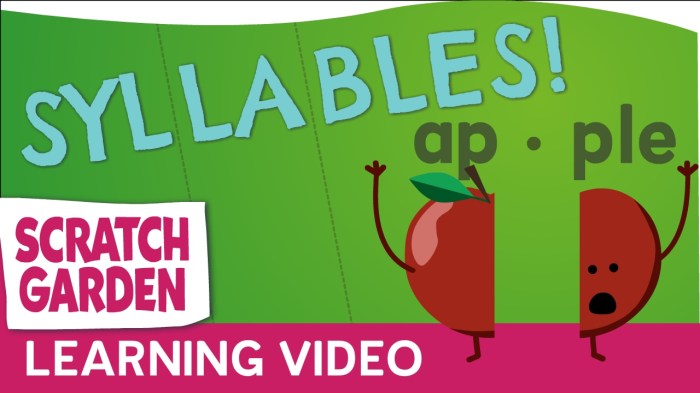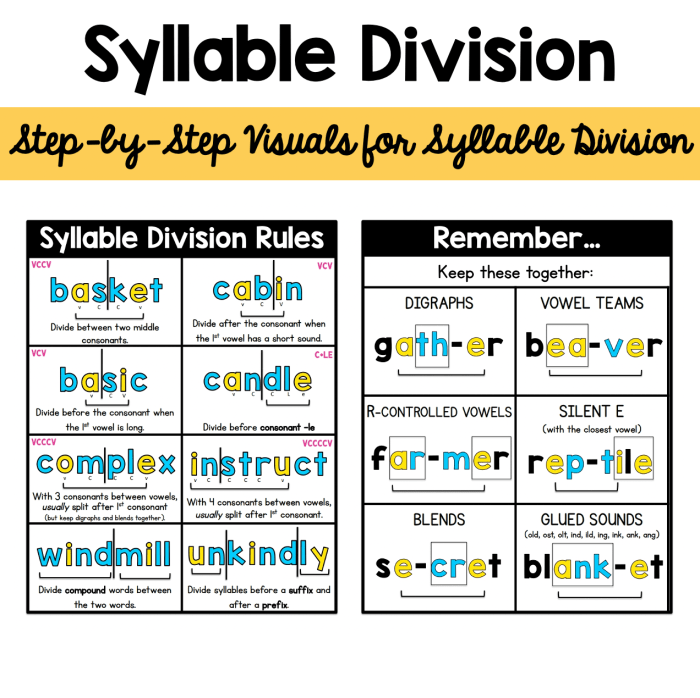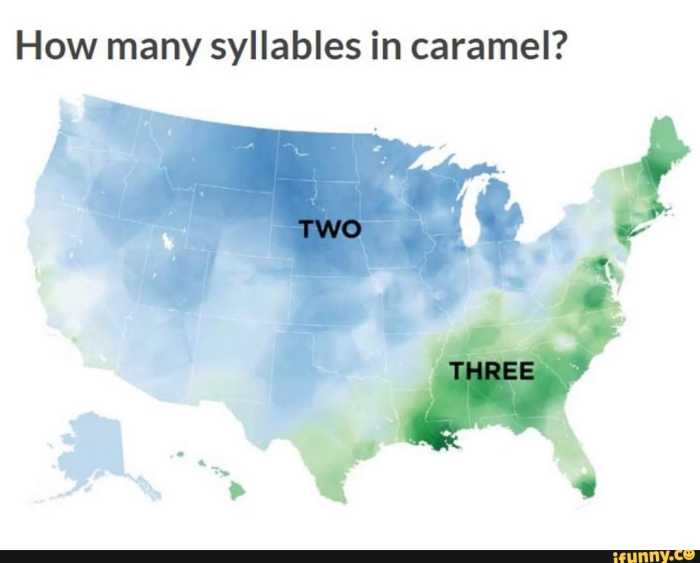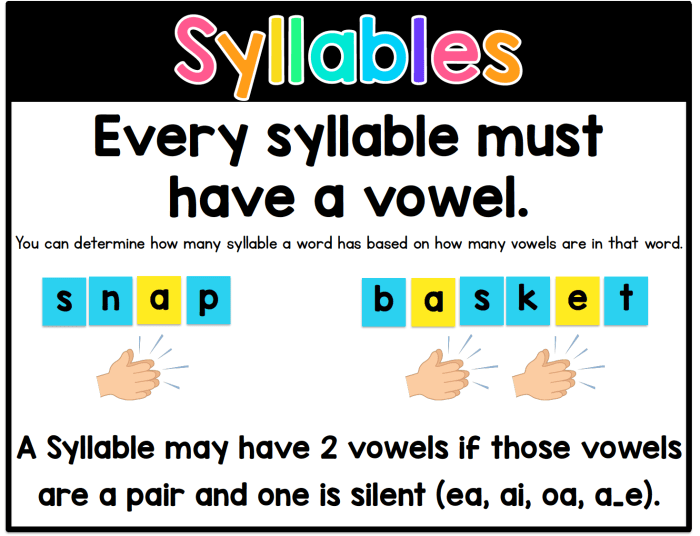How many syllables in grass? It’s a simple question with a surprisingly complex answer. Join us as we delve into the fascinating world of syllables and uncover the secrets behind this seemingly straightforward word.
Syllables form the building blocks of words, and understanding their count is crucial for pronunciation, poetry, and even linguistics. In this exploration, we’ll not only determine the syllable count of “grass” but also compare it to similar words, analyze its phonetic transcription, and uncover practical applications of syllable counting.
Syllable Count: How Many Syllables In Grass

Syllables are the individual units of sound in a spoken word. They consist of a single vowel sound, with or without surrounding consonants. To count syllables in a word, follow these steps:
- Divide the word into its individual sounds.
- Count the number of vowel sounds.
- Each vowel sound represents one syllable.
Example
Consider the word “computer”.
- Divide into sounds: /kəm-pyuː-tər/
- Count vowel sounds: 3 (a, u, ə)
- Syllable count: 3
Syllables in “Grass”
The word “grass” has one syllable. This is because it has only one vowel sound, which is the short “a” sound.
Did you know that “grass” has one syllable? Speaking of roots, check out this page on words with the root hydr . Anyway, back to syllables in “grass”: it’s a one-syllable word.
Syllable Division, How many syllables in grass
The syllable division of “grass” is as follows:
- grass
Comparison to Other Words

The word “grass” has one syllable, which is a relatively low number compared to other words with similar spelling or pronunciation.
For example, the word “glass” has two syllables, while the word “brass” has three syllables. This difference in syllable count is due to the presence of additional vowel sounds in the words “glass” and “brass”.
Exceptions
There are a few exceptions to this pattern. For example, the word “grasshopper” has three syllables, even though it contains the same vowel sound as the word “grass”. This is because the word “grasshopper” has an additional syllable at the end, which is not present in the word “grass”.
Phonetic Analysis

The word “grass” can be transcribed phonetically as /ɡræs/. This transcription indicates that the word has one syllable, which is consistent with the syllable count of “grass”.
Transcription Breakdown
- /ɡ/: Voiced velar stop
- /r/: Voiced alveolar trill
- /æ/: Broad open front vowel
- /s/: Voiceless alveolar fricative
The presence of only one vowel sound, /æ/, indicates that there is only one syllable in the word “grass”.
Applications of Syllable Counting

Syllable counting finds practical applications in various fields, notably poetry and linguistics.
In poetry, syllable count plays a crucial role in determining the rhythm and flow of verse. Poets often employ specific syllable patterns to create desired metrical effects. For instance, the iambic pentameter, a common meter in English poetry, consists of ten syllables alternating between unstressed and stressed syllables.
Syllable Counting in Linguistics
In linguistics, syllable counting aids in the analysis of word structure and pronunciation. It helps identify syllable boundaries and determine the number of syllables in a word. This information is essential for understanding the phonological and morphological properties of language.
Furthermore, syllable count can provide insights into language acquisition and development. Studies have shown that children tend to produce words with fewer syllables during early stages of language learning.
Question & Answer Hub
Is “grass” a one-syllable word?
No, “grass” is a one-syllable word.
How do you count syllables in “grass”?
Divide the word into its sound units: “gr” and “ass.” Each sound unit represents a syllable, so “grass” has one syllable.
What is the phonetic transcription of “grass”?
/græs/